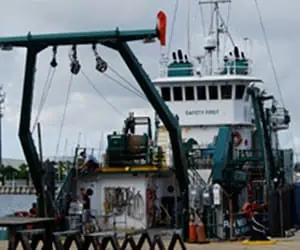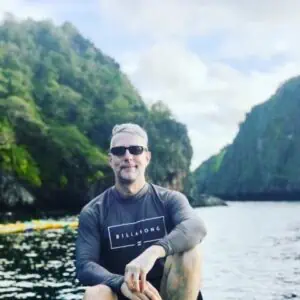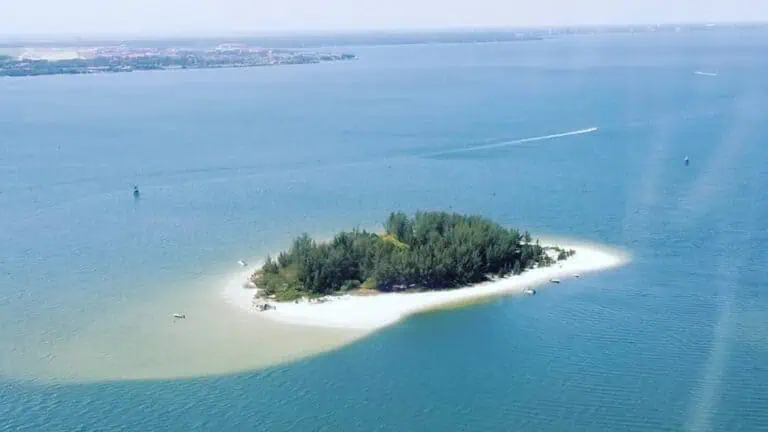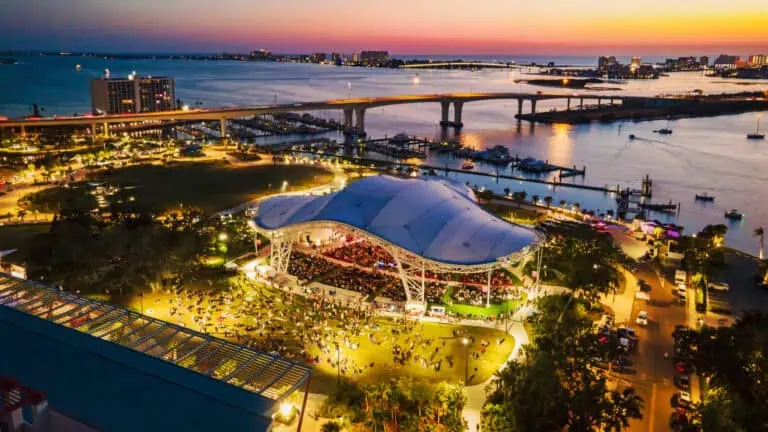It’s May 2010 and a shocked nation looks on helplessly as millions of barrels of oil gush into the Gulf of Mexico from the Deepwater Horizon drilling platform. BP CEOs and politicians scramble to the mic to mitigate the PR damage while devastated Louisiana locals make last stands in front of their homes with booms and wildlife scrubbing stations. Floridians watch with grim faces, for it seems inevitable that the oil will wash onto our white sand beaches and change our lives forever.
Fortunately, St. Pete was uniquely poised to make a difference. The Florida Institute of Oceanography’s (FIO’s) flagship, the research vessel (R/V) Weatherbird II was, and still is, stationed at the University of South Florida St. Pete’s (USFSP) waterfront. The tireless R/V Weatherbird II was deployed on countless missions to the chaos in the Gulf, loaded with teams of scientists who were hungry for answers. The R/V Weatherbird II even made national headlines during the disaster and scientists aboard made vital contributions to the spill response effort, including some of the first evidence for underwater “plumes” of oil. Pretty fortunate timing, considering the vessel was only put to service in 2009.
ADVERTISEMENT
ABC action news reports the R/V Weatherbird II‘s return from the oil spill.
So what does our heroic vessel do these days? We at iLovetheBurg.com took a stroll around the R/V Weatherbird II for a closer look.
“We’re going out next Friday,” says Captain Brendon Baumeister (“Boomer”). He and his crew had just returned the previous day, but thanks to the value of ship time, there is rarely an idle moment. According to Boomer, their assignments are dominated by ongoing oil spill monitoring efforts. The effects from the disaster are far from over or understood and, even though a big black slick of oil may no longer be on the surface, it is the unseen picture beneath the surface that has scientists on edge and keeps the R/V Weatherbird II so busy.
R/V Weatherbird II Captain "Boomer"

“Hopefully next time we’ll be better prepared,” Rob Walker continues and adds that they have signed a memorandum of understanding with the Coast Guard as an example that lessons have been learned. “We’ve got a great crew on board of professional mariners. It’s hard work for the guys who go to sea, but they’ve adapted to facilitating safe vessel support (for scientists). They spend a lot of time away from home,” Rob Walker says in a thank you that included the support from the administration. “And don’t forget the R/V Bellows!” The R/V Bellows is the other research vessel at FIO at USFSP and she has taken out thousands of students on their first scientific experiences at sea.
ADVERTISEMENT






















